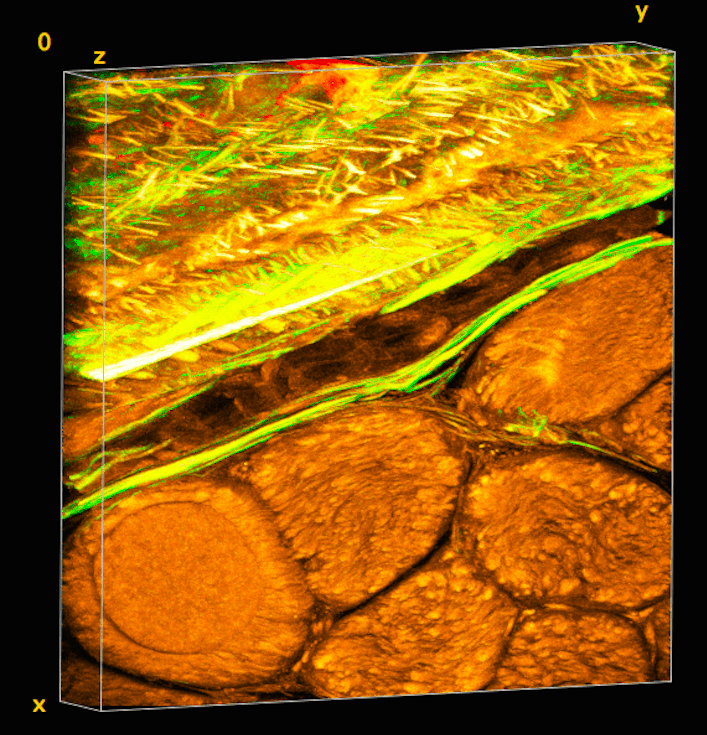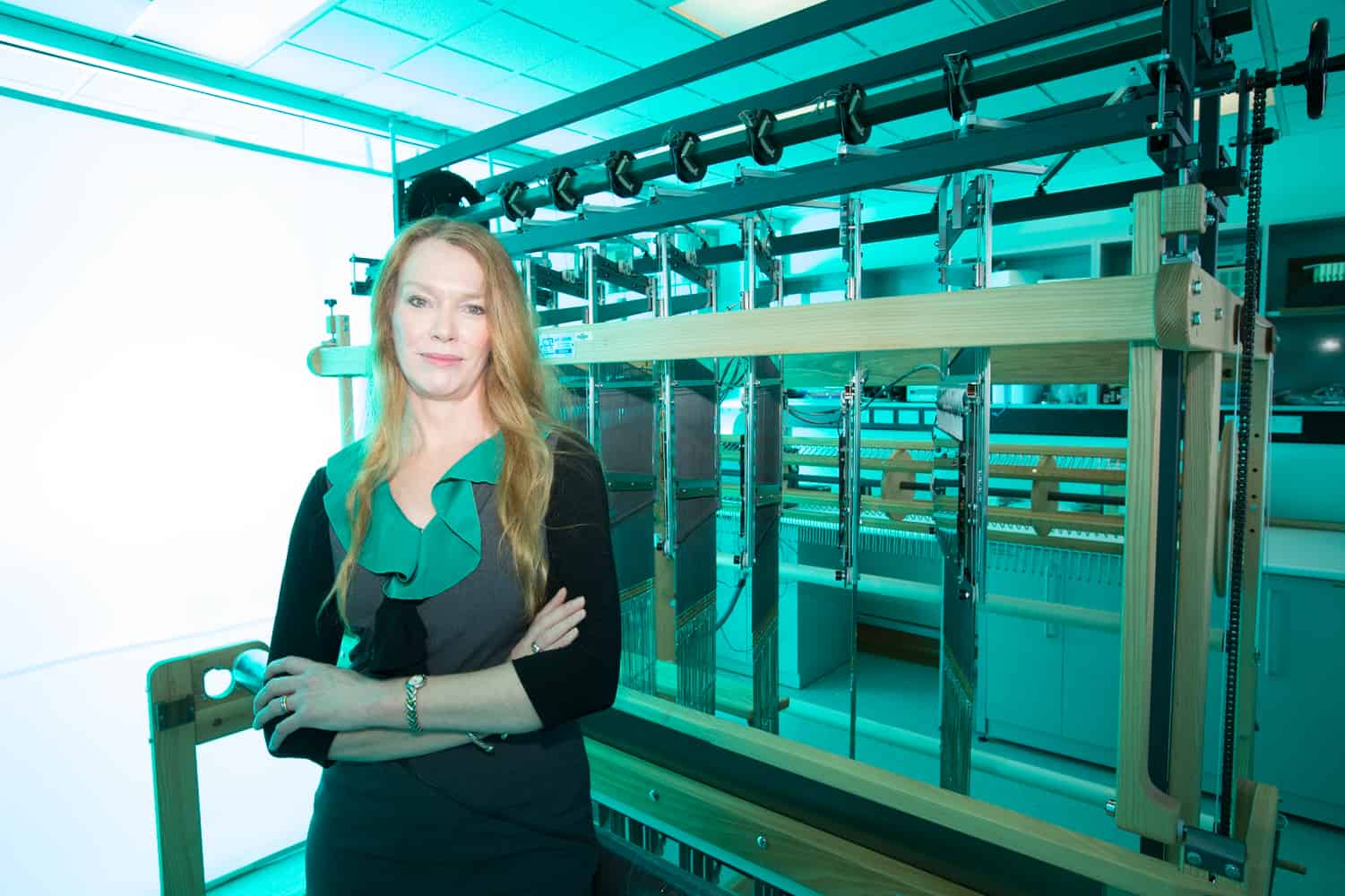
Nature has inspired many ‘smart’ materials, and Australian researchers believe that they have now added another. A fabric that can mimic the properties of periosteum, a tissue that surrounds bone in the body, could be the basis for protective clothing, medical equipment, and even safer tyres, they claim.
Composed of collagen, elastin, and other structural proteins, periosteum has a complex three-dimensional structure that provides protection for bone under impact. A team led by Melissa Knothe Tate of the University of New South Wales and including biomedical engineers, experts in art and design, bio imaging specialists and orthopaedic surgeons, has now achieved proof of concept for a fabric that can mimic these properties.
In a paper in the journal Nature Scientific Reports, the team explains how it mapped the tissue architecture of natural periosteum, used 3D imaging software to visualise the architecture, scaled up its key components in CAD and produced prototypes using an advanced jacquard loom. "The challenge with using collagen and elastin is their fibres, that are too small to fit into the loom," Knothe Tate said. "So we use elastic threads that mimic elastin and silk threads that mimic collagen."

In their first test, the team wove a series of textiles watch prototypes using elastic and silk in a twill pattern and subjected them to mechanical testing. The properties of the swatches were similar to natural periosteum. The team hopes to develop materials for medical applications.
"Our longer term goal is to weave biological tissues – essentially human body parts – in the lab to replace and repair our failing joints that reflect biology, architecture and mechanical properties of periosteum," said Joanna Ng, a PhD candidate at UNSW and credited first author of the paper. But other applications are also possible; a statement from the University says that a tyre maker has already expressed interest in using the weave structure with titanium thread to make thinner, stronger and safer radial tyres. It might also find application in protective clothing that stiffens on impact, which would be useful for skiers and racing drivers, for example.
The team is now working with Cleveland Clinic, an academic hospital in the US, and Prof Tony Weiss of the University of Sydney to develop and commercialise prototype bone implants for pre-clinical research within three years.




Project to investigate hybrid approach to titanium manufacturing
What is this a hybrid of? Superplastic forming tends to be performed slowly as otherwise the behaviour is the hot creep that typifies hot...